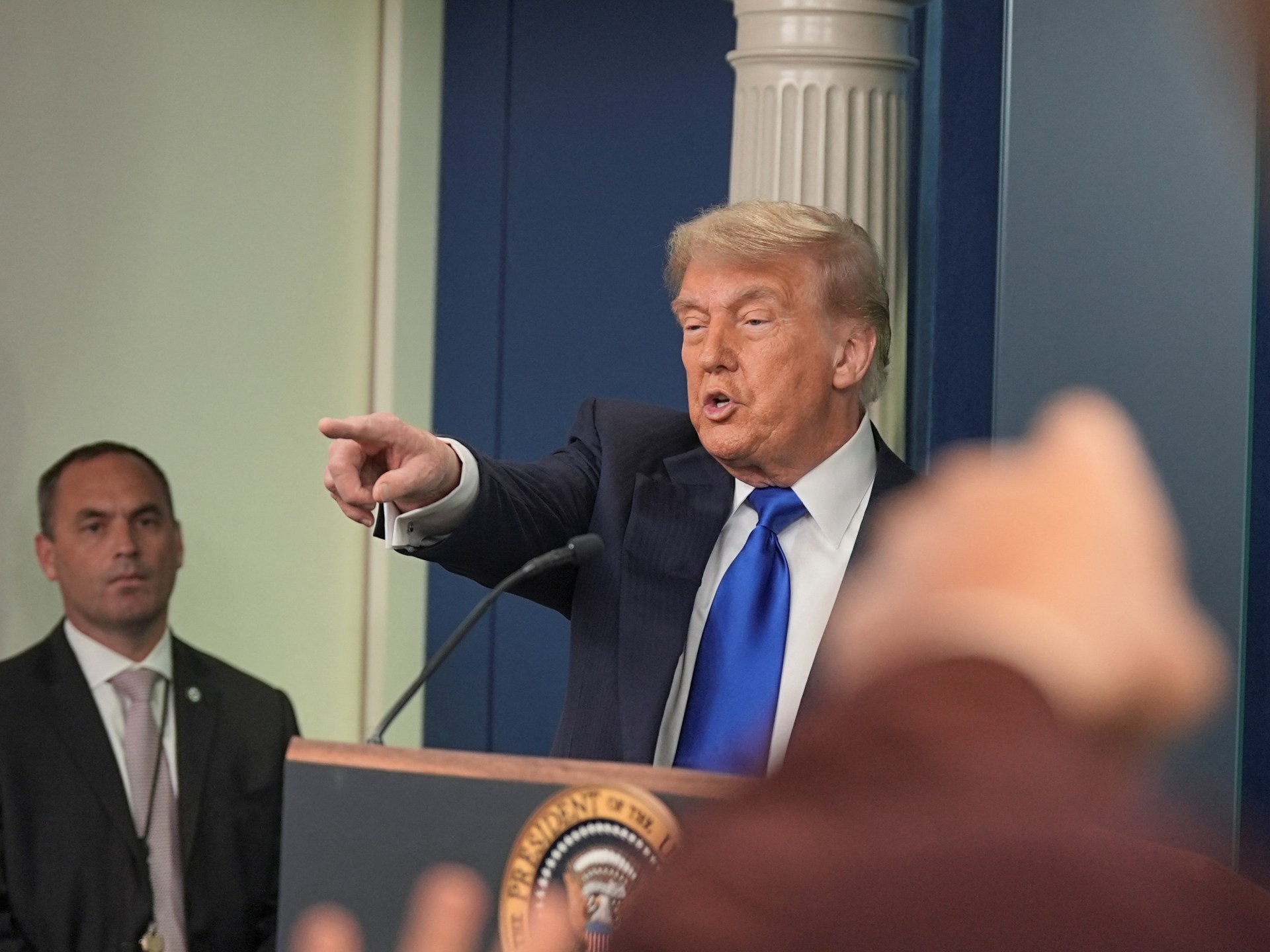Mexican President Claudia Sheinbaum has threatened to sue Elon Musk’s SpaceX over falling debris from a rocket launch across the border in the United States.
SpaceX said its efforts to recover debris from Mexico had been hindered by “trespassers”.
Here is more about what is happening between Mexico and SpaceX.
What happened?
A SpaceX “Starship” rocket, part of Musk’s project to send humans to space, exploded in a giant fireball during a routine launch test in Texas on June 19.
Starship rockets are 120 metres (400ft) tall and made primarily from stainless steel.
The rocket, called the Starship 36, went through “catastrophic failure and exploded” at the Starbase launch facility at 04:00 GMT, according to local Cameron County authorities.
The facility is located at Starbase, formerly called Boca Chica Village, in Cameron County, Texas, close to the US-Mexico border.
What does Mexico say about contamination?
On Wednesday this week, Sheinbaum told her morning news conference that “there is indeed contamination” which has been detected in Mexico in the aftermath of the SpaceX explosion.
She said Mexican officials are conducting a review of the environmental effect caused to the Mexican state of Tamaulipas, a little more than 300km (190 miles) from Starbase.
Tamaulipas governor, Americo Villarreal Anaya, said authorities were examining “the internationally required distances are being respected in order to have these types of facilities, so that there is no risk to urban centres”, according to a report in The New York Times.
“We are reviewing everything related to the launching of rockets that are very close to our border,” said Sheinbaum.
She added that Mexico is currently trying to determine whether international laws had been violated so it can file “the necessary lawsuits”.
What does SpaceX say?
In an X post on Thursday, SpaceX claimed its attempts to recover the fallen debris from Mexican territory had been hindered.
“Despite SpaceX’s attempts to recover the anomaly related debris, which is and remains the tangible property of SpaceX, these attempts have been hindered by unauthorised parties trespassing on private property,” the X account wrote. It did not clarify who these parties were or where they were “trespassing”.
SpaceX also said there were “no hazards to the surrounding area” from the rocket debris. “Previous independent tests conducted on materials inside Starship, including toxicity analyses, confirm they pose no chemical, biological, or toxicological risks.
“We have requested local and federal assistance from the government of Mexico in the recovery,” it added.
As previously stated, there are no hazards to the surrounding area. Previous independent tests conducted on materials inside Starship, including toxicity analyses, confirm they pose no chemical, biological, or toxicological risks.
And as is the case before any test, a safety… https://t.co/lJHGInE5vj
— SpaceX (@SpaceX) June 26, 2025
Where else have SpaceX rockets exploded?
In May, the Federal Aviation Administration in the US granted SpaceX permission to increase the number of Starships it launches each year from five to 25.
Later that month, a Starship prototype exploded over the Indian Ocean.
Before that, two Starships broke into pieces after launching from Texas during test flights in January and March. In January, airlines were forced to divert flights to avoid falling debris.
Does space debris pose a danger to the Earth?
In January this year, a red-hot 500kg (1,100lb) metallic object fell onto a village in Kenya’s Makueni county, 115km (70 miles) southeast of Nairobi. The Kenyan space agency said the debris was a fragment of a space object.
On Monday, March 3, the Australian Space Agency released an advisory that a Russian rocket making re-entry into the Earth’s atmosphere was expected to fall into international waters off the southeast coast of Tasmania, causing a “sonic boom”. However, the following day, the agency said it had “monitored a space debris re-entry over the southeast coast of Tasmania” but was “unaware of any reports or sightings of the debris”.
The likelihood of space debris posing a danger to people, aircraft or the Earth, in general, is very low. However, recent studies show that the amount of space debris falling to the ground is on the rise.
A study by researchers at the University of British Columbia in Canada, published in Scientific Reports in January 2025, found that uncontrolled re-entries of rocket bodies or space debris into the Earth are on the rise and may pose an increased risk of collision to aircraft.
Another study, called The Space Environment Report, released by the European Space Agency (ESA) in March this year, found that at least three “intact”, human-made objects fall back onto the Earth every day. This is besides the several fragments of space debris that fall onto the Earth.
NASA has warned that there are millions of pieces of space debris low in the Earth’s orbit, but there are no international space laws about cleaning up this debris.
Currently, individuals on the ground are not at a high risk of being hit and injured by space debris re-entering the Earth. The US nonprofit space corporation, Aerospace, estimates this risk to be less than a one-in-one-trillion chance.




Leave a Comment